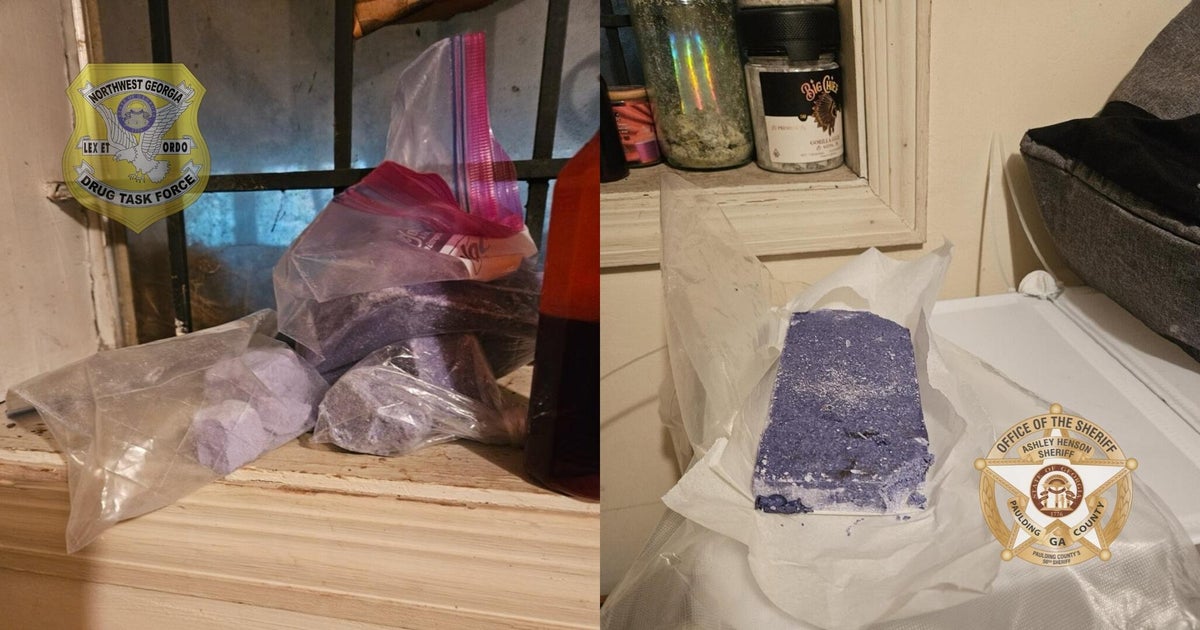Georgia port uses pop-up concept to alleviate supply chain strain
The Port of Savannah in Georgia — one of the nation's busiest — is using a new pop-up container yard concept that could be applied nationwide to unclog shipping ports where goods have been stacking up for months.
Back in October, cargo ships spent 12 days waiting to unload in the Port of Savannah — three times as long as in 2019. To help, the port established what amounts to four in-land pop-up ports, one hundreds of miles away near the North Carolina border. Now, the number of cargo containers waiting is closer to seven.
"We think these things can be replicated across the nation," said Griff Lynch, the executive director of the Georgia Ports Authority. "...I see some of them becoming permanent yards where it's actually going to help our business."
The pop-ups, which were set up in idle rail yards, are now bringing cargo closer to its final destination, while freeing up space at the dock.
The port has been working around the clock — 24 hours a day — loading and unloading giant ships. And it's having an impact. In October, there were 31 vessels waiting offshore to be unloaded. That number has been cut to just six.
"It's that kind of problem solving that I think is going to help us deal with these short term issues, even while we're making big investments for the long run," Transportation Secretary Pete Buttigieg said.
Buttigieg said the Biden administration is now looking to see if similar pop-up sites make sense nationwide. But supply chain delays mean some goods did not make it before the holidays.
When asked if they had solved the problem, Buttigieg said: "We welcome ideas, but look at what we've been able to do cutting some of these container-dwell times in half. If you go to the store you're going to see a lot of options there."
Kinks in the supply chain are still limiting furniture designer Ruel Joyner's options. Inventory at his store, 24e Style, and in his warehouse are about half its normal size. One of his sofas is made in Dallas, Texas, but one of its parts comes from China and is back-ordered.
"We normally get this done in 24 to 30 days," Joyner said. "Right now we're probably looking at a six month lead time."
When asked if the supply chain was costing him money, Joyner said, "absolutely," displaying the costly consequence of a supply chain struggling to get back on track.






